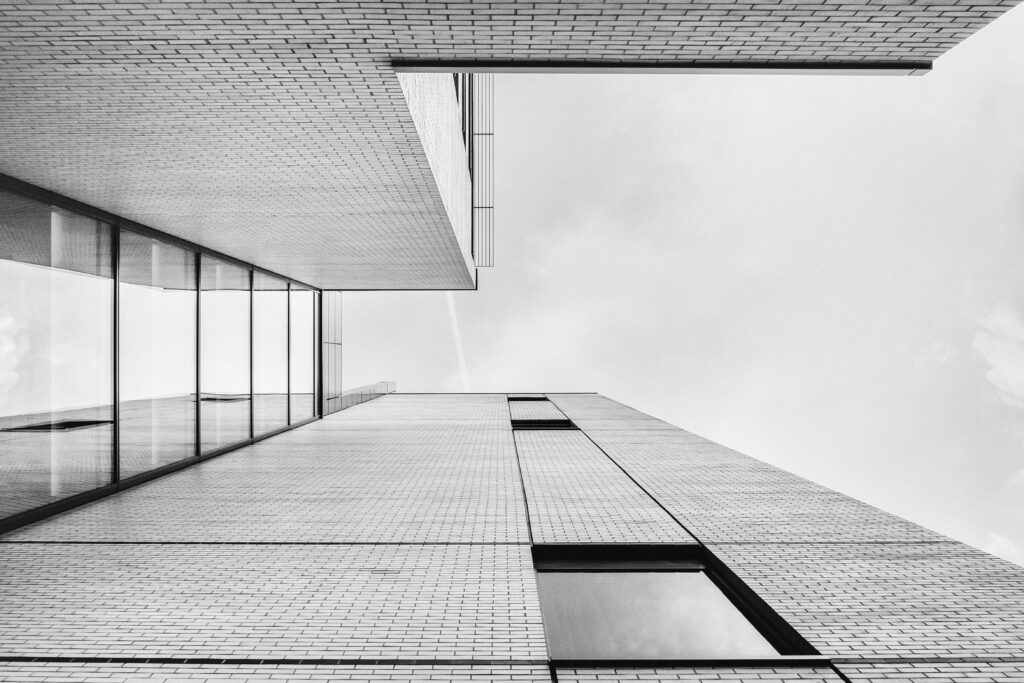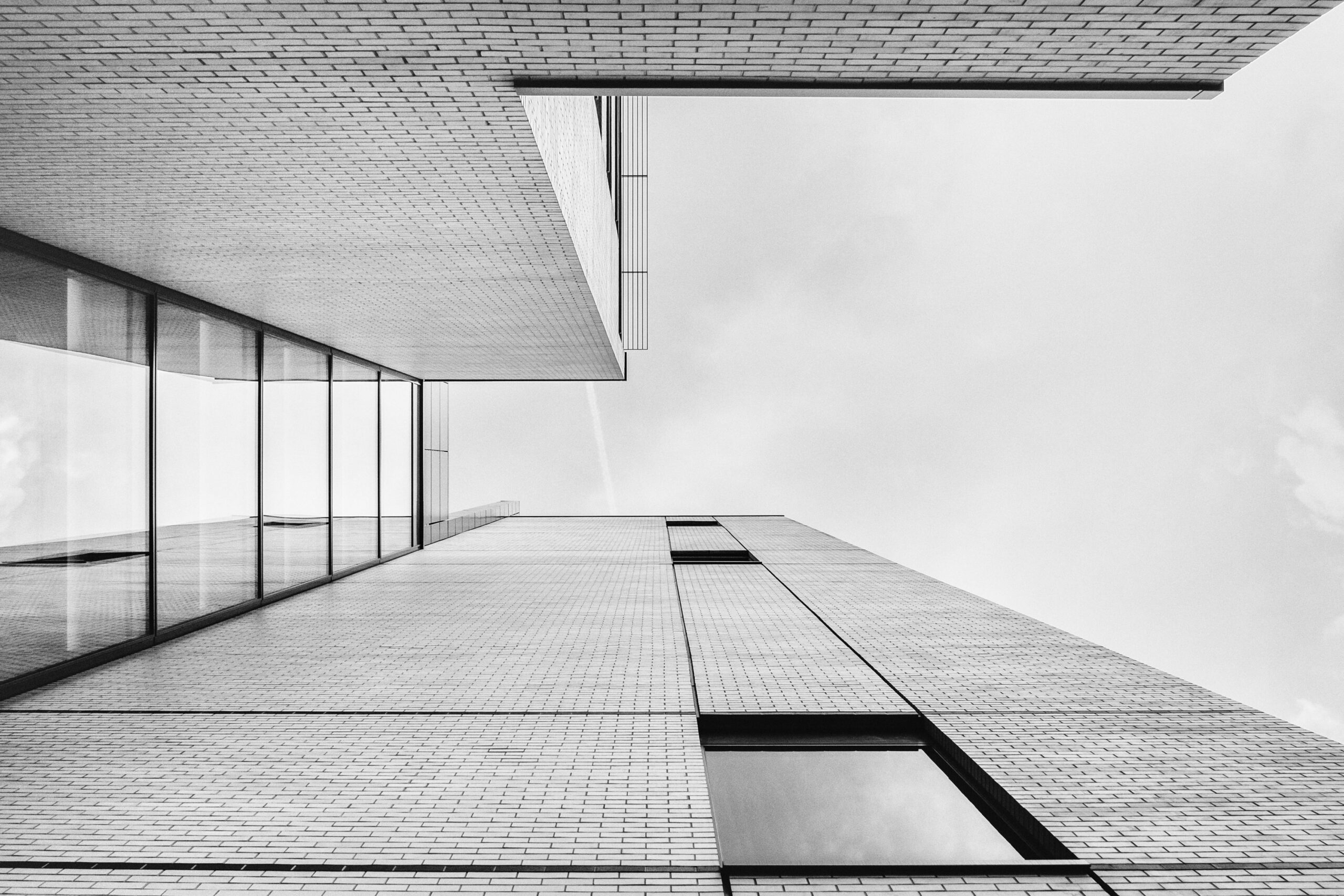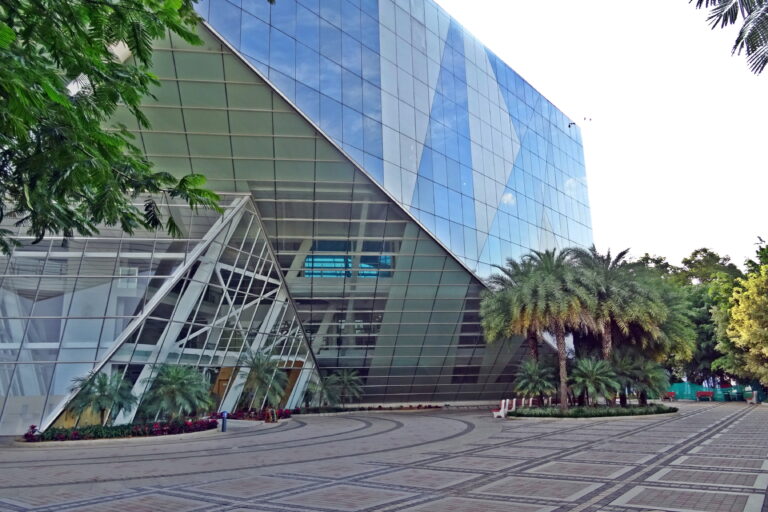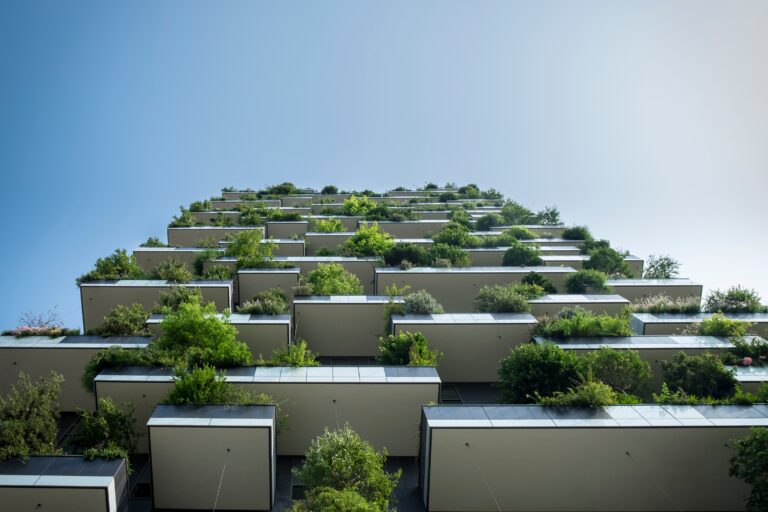
In a world often characterized by excess and extravagance, the concept of minimalism offers a refreshing and profound approach, not only to lifestyle but also to the realm of architecture. The famous adage “less is more” holds particular significance in the world of design, where architects and designers are embracing minimalism as a timeless philosophy that not only simplifies aesthetics but also creates spaces that are functional, tranquil, and deeply evocative. This blog explores the essence of minimalism in architecture, delving into its principles, benefits, and impact on the way we experience built environments.
The Essence of Minimalism in Architecture
Minimalism is a design philosophy that advocates for simplicity, clarity, and the elimination of unnecessary elements. It prioritizes essential elements, highlighting their intrinsic beauty and functionality. In architecture, minimalism encourages the removal of excessive ornamentation and complexity, focusing on clean lines, open spaces, and a harmonious integration with the surrounding environment.
Key Principles of Minimalist Architecture:
- Simplicity: The essence of minimalist architecture lies in its simplicity. Every design element serves a purpose, contributing to the overall functionality and aesthetics of the space. Uncluttered interiors and exteriors allow for a sense of calm and tranquility.
- Clean Lines: Straight lines and geometric shapes take center stage in minimalist architecture. These elements create a sense of order and precision, while also offering a visually pleasing and organized environment.
- Open Spaces: Minimalism often embraces open floor plans and unobstructed spaces. This not only maximizes the available area but also promotes a feeling of spaciousness and freedom.
- Limited Color Palette: Minimalist designs tend to use a restrained color palette, often featuring neutral tones and muted shades. This contributes to a serene atmosphere and allows architectural features to shine.
- Functional Form: Form follows function in minimalist architecture. Every design element should have a purpose and contribute to the overall usefulness of the space. This results in practical and efficient layouts.
Benefits of Minimalist Architecture:
- Enhanced Focus: By eliminating unnecessary distractions, minimalist architecture enables occupants to focus on what truly matters. This can lead to improved concentration, productivity, and overall well-being.
- Ease of Maintenance: Minimalist spaces are easier to clean and maintain due to their uncluttered nature. This is especially appealing in today’s fast-paced lifestyles.
- Timelessness: Minimalist designs have a timeless quality. They transcend trends and fads, making them suitable for various generations and design preferences.
- Environmental Impact: The use of fewer materials and a focus on sustainable practices align well with minimalist principles, reducing the environmental footprint of a building.
- Emotional Serenity: The sense of calm and serenity created by minimalist spaces can have a positive impact on mental and emotional well-being. Such environments provide respite from the chaos of daily life.
Impact on the Human Experience:
Minimalist architecture goes beyond aesthetics; it influences how people interact with and experience spaces. The deliberate design choices elicit emotional responses, promote mindfulness, and encourage a deep connection with the surroundings. The absence of excess invites contemplation and introspection, offering a refuge from the sensory overload of the modern world.
Minimalism in architecture is a powerful reminder that simplicity can be profound, that restraint can lead to richness, and that by stripping away the unnecessary, we can create spaces that resonate with our deepest sensibilities. Through clean lines, open spaces, and functional forms, minimalism invites us to reconsider our relationship with our built environment. As we continue to seek balance in an increasingly complex world, the philosophy of “less is more” remains a guiding light in the realm of design, reminding us that true beauty often lies in the essence of simplicity.




